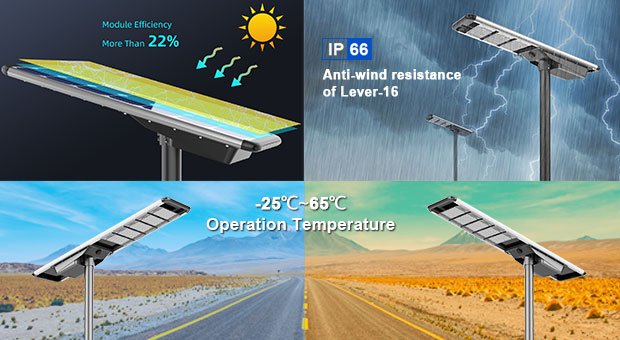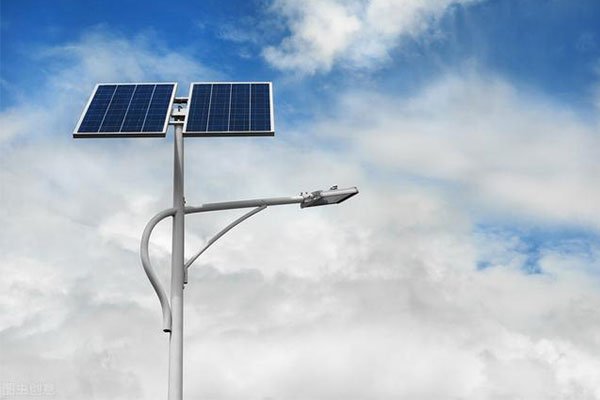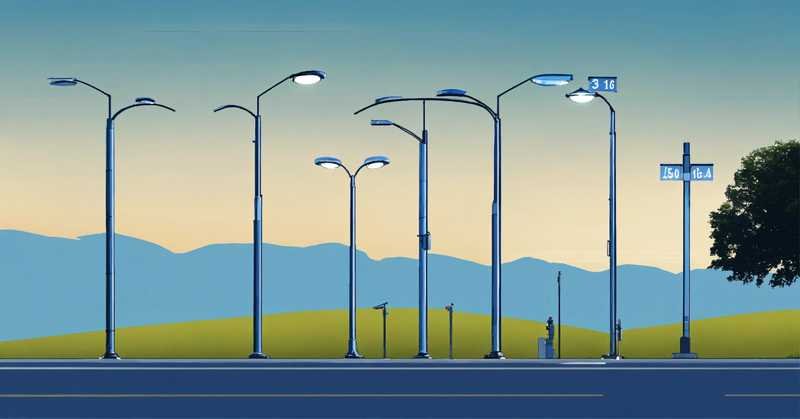When designing streetlight poles, how can cities ensure both durability and aesthetic appeal? With numerous material options, the balance between functionality and appearance is key.
The design and material selection of streetlight poles play a crucial role in ensuring their longevity and enhancing the visual appeal of public spaces. A well-chosen design improves both the pole’s performance and its contribution to urban aesthetics.
Streetlight poles are more than just functional structures; they also contribute to the urban landscape. But how can cities balance the need for durability with the desire for a visually appealing design?
What Are the Key Considerations in Streetlight Pole Design?
What factors should be considered when designing streetlight poles to ensure both functionality and visual appeal?
Streetlight pole design must consider factors such as climate, the surrounding environment, ease of maintenance, and aesthetic integration into the urban landscape.
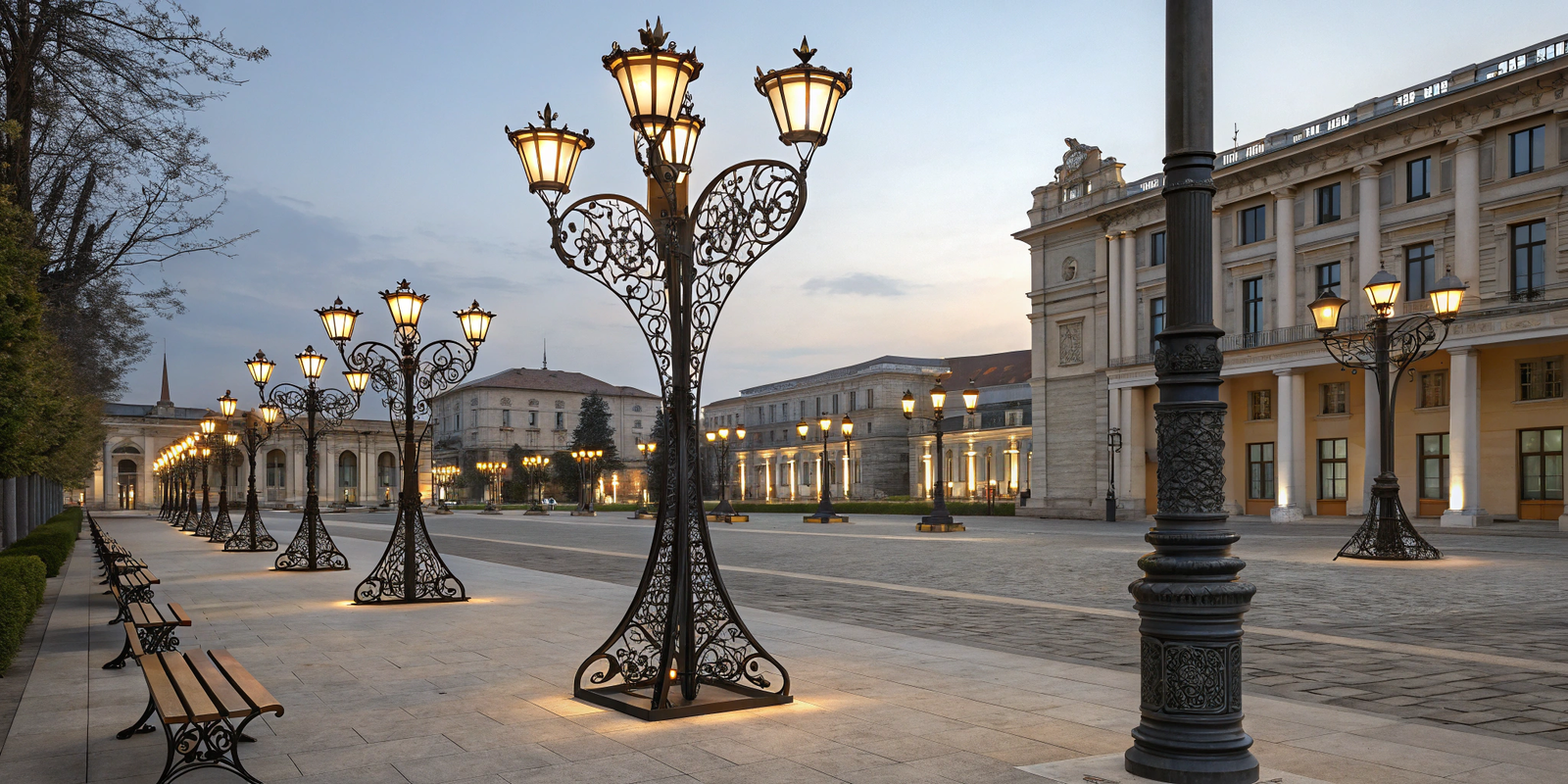
Key Considerations
| Factor | Description |
|---|---|
| Climate Conditions | Choose materials that withstand local weather conditions (e.g., corrosion-resistant materials in coastal areas). |
| Durability | The pole must endure physical stress, weather, and vandalism without deterioration. |
| Maintenance | Easy to clean and repair, reducing long-term upkeep costs. |
| Aesthetic Appeal | Should complement the surroundings and improve the overall design of public spaces. |
| Safety & Stability | Must meet safety standards and ensure stability in harsh conditions (wind, storms, etc.). |
Aesthetic Design
- Shape and Size: Consider the height and form of the pole to ensure it blends well with nearby architecture and landscapes.
- Color and Finish: Select finishes that are visually appealing yet resistant to fading or weathering over time.
- Integration with Other Elements: Streetlight poles should harmonize with the overall urban design, including benches, signage, and landscaping.
What Materials Are Best for Streetlight Poles?
Which materials are commonly used for streetlight poles, and how do they balance durability and aesthetics?
Materials like steel, aluminum, concrete, and composite polymers are commonly used, each offering different benefits in terms of durability, appearance, and cost.
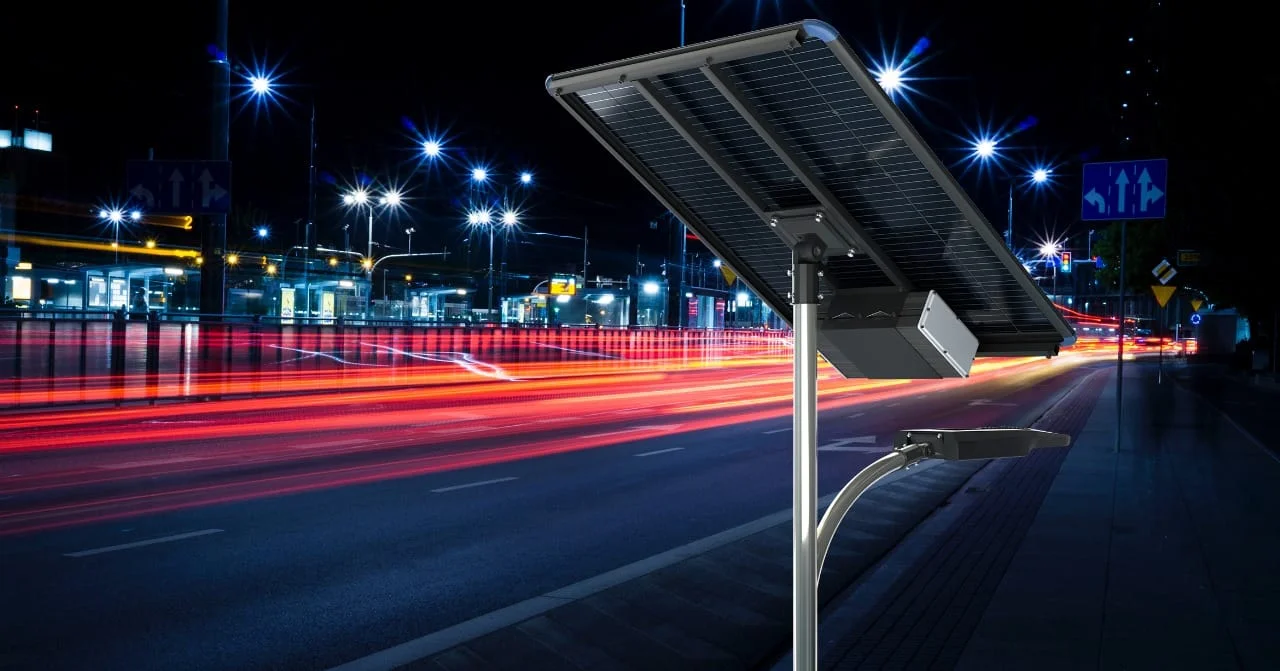
Common Materials for Streetlight Poles
| Material | Durability | Aesthetic Appeal | Common Use |
|---|---|---|---|
| Steel | High strength, rust-resistant with proper coating | Can be coated for various finishes and colors | Urban areas, highways |
| Aluminum | Lightweight, corrosion-resistant | Sleek, modern appearance | Parks, residential areas |
| Concrete | Extremely durable, weather-resistant | Industrial look, can be textured | Coastal areas, industrial zones |
| Fiberglass/Composite | Strong, corrosion-resistant | Can be molded into various shapes | Coastal areas, areas with high winds |
Factors to Consider When Choosing Materials
- Corrosion Resistance: Areas with high humidity, salt exposure, or industrial pollution require materials resistant to corrosion, such as aluminum or galvanized steel.
- Weight: Aluminum and fiberglass poles are lighter, which makes them easier to install but may not be as stable in high-wind areas as concrete or steel.
- Appearance: Steel poles can be coated with various finishes, while fiberglass allows for custom shapes, providing more flexibility in design.
How Can Cities Integrate Streetlight Design with Urban Aesthetics?
How can the design and material selection of streetlight poles improve the overall appearance of public spaces?
Integrating streetlight poles into urban aesthetics requires a thoughtful approach to design, ensuring that lighting fixtures enhance the space while also serving their functional purpose.

Design Tips for Urban Aesthetics
- Thematic Design: Use streetlight poles that match the architectural style of the area—modern for urban environments, traditional for historic districts, etc.
- Landscape Harmony: Design poles to blend in with the surrounding greenery, parks, or waterfronts to enhance the natural beauty of the environment.
- Multi-Functional Poles: Design poles that serve multiple purposes, such as incorporating signage, cameras, or advertisements to maximize utility and reduce clutter.
- Smart Design: Modern, sleek designs are preferred in urban spaces, while more traditional or ornamental designs may suit heritage districts or recreational areas.
Customization and Personalization
Many cities now prefer to customize streetlight designs to reflect their unique identity. Custom colors, logo engravings, or creative shapes can make a streetlight pole a piece of public art while still providing reliable lighting.
My Insights
What personal thoughts and experiences guide my perspective on streetlight pole design and material choice?
Having worked in the lighting industry for years, I’ve seen firsthand the importance of balancing aesthetic appeal with practicality. When selecting materials, consider not only durability but how well the poles will interact with the surrounding environment.
For example, when choosing poles for coastal cities, I prioritize materials like aluminum or stainless steel to ensure they can withstand salt corrosion. On the other hand, urban spaces benefit from sleek, modern steel poles that integrate seamlessly into contemporary cityscapes.
Another key aspect I focus on is maintenance. I always recommend materials that are low-maintenance yet durable enough to resist wear from the elements. Long-term cost savings on repairs and upkeep are essential for cities with limited budgets.
Conclusion
When selecting streetlight pole designs and materials, finding a balance between durability and aesthetic appeal is essential. By choosing the right materials and considering the surrounding environment, cities can enhance public spaces while ensuring long-lasting, cost-effective lighting solutions.
Ultimately, streetlight poles should not only provide reliable illumination but also contribute to the beauty and functionality of urban landscapes.



